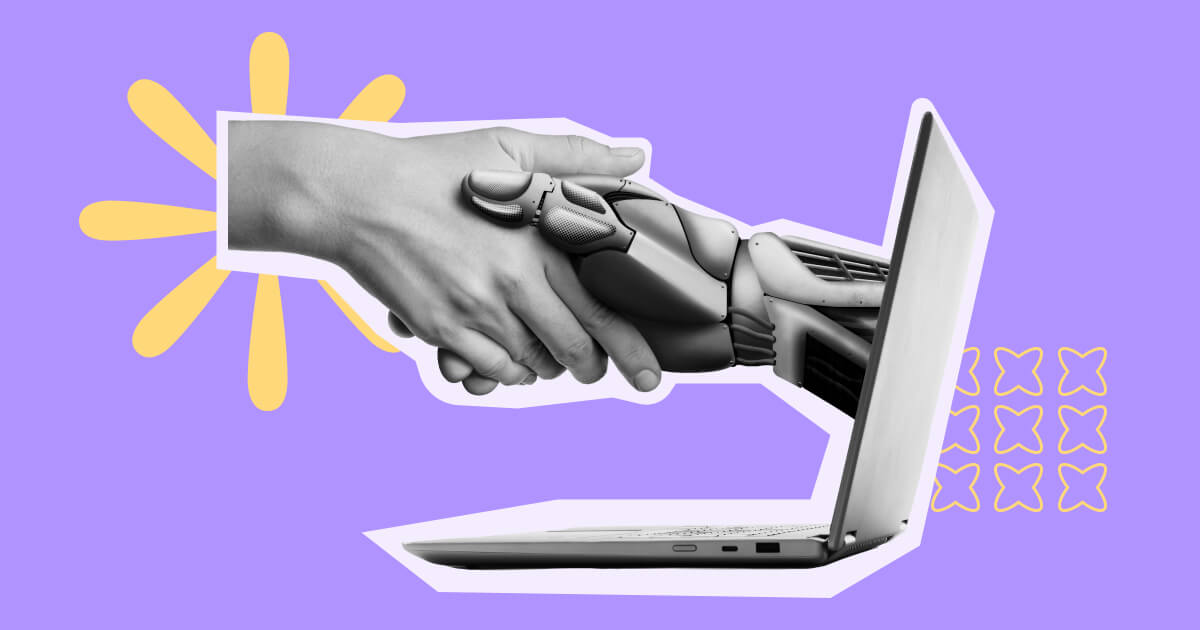What is AI in email marketing?
Since technologies involving AI like Midjourney provoke heated discussions, the first thing you’re thinking of is probably machines creating content for you. And, although it’s one of the use cases and we’ll come back to it later, the question is a little more complex. Let’s ask ChatGPT 4.0 for funsies.
| Prompt: What is AI in email marketing? |
| Output: AI (Artificial Intelligence) in email marketing involves the use of machine learning algorithms to analyze and make predictions from large amounts of data about how email subscribers interact with the emails they receive. This data can then be used to create more targeted and personalized email campaigns that are tailored to individual subscribers’ preferences and behavior. |
The overly verbose writing style hasn’t improved since we tried writing a blog article with ChatGPT — but the answer is not incorrect. But before we explore all the use cases, let’s clarify one thing: not all neural networks are the same.
Different types of AI
A neural network is a mathematical function that is designed to recognize patterns in data. What does it do with these patterns later? There are many types of algorithms but we’re not diving into details about the technology here. If we were explaining it to a preschooler, we’d put it like this:
- “Detectors” simply give you information that the patterns are here. Think of these algorithms as smoke detectors — they only go off when someone lights a cigarette in the room. Solid examples are speech and image recognition algorithms.
- “Predictors” extract patterns from the historical data and give you information about the future. For example, Netflix algorithms see that you liked “Black Mirror”, “Stranger Things”, and “Doctor Who” — and recommend you more science fiction shows to watch.
- “Creators” use the patterns they recognized earlier and recombine them to create something new. These are called generative algorithms — they generate the output based on the input. ChatGPT and Midjourney are the most popular examples but there are many more.
The thing is, all three types of algorithms can be used in email marketing. Now, let’s take a look at some of the use cases.
























